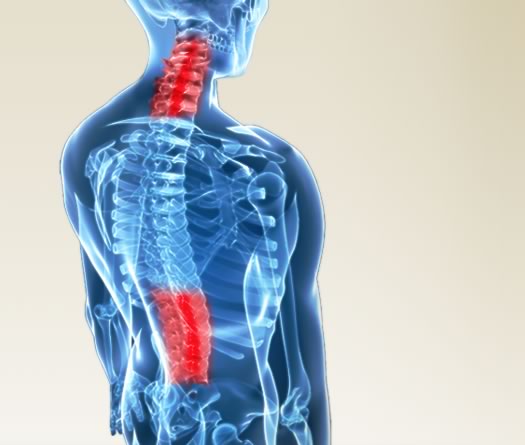
Cervical Cancer Stages Symptoms
Cervical cancers usually affects women of middle age or older, but it may be diagnosed in any reproductive-aged woman. Cervical Cancer Stages Symptoms Cervical tumors are classified as either preinvasive where the lower third of the epithelium contains abnormal cells, or invasive in which the full thickness of the epithelium contains abnormally proliferating cells.
Cervical cancer develops in the lining of the cervix, the lower part of the uterus (womb) that enters the vagina. Cervical cancers don’t always spread, but those that do most often spread to the lungs, the liver, the bladder, the vagina, and/or the rectum.
Cervical cancer almost always develops from cell changes caused by the human papilloma virus (HPV), which is spread through genital skin-to-skin contact during sexual activity. Cervical cancer also seems more prevalent in women who smoke. Sexual activity that increases the risk for infection with HPV and HIV and for cervical cancer includes the following: having multiple sexual partners or having sex with a promiscuous partner, a history of sexually transmitted disease, sexual intercourse at a young age.
Signs and Symptoms
The early stages of cervical cancer may be completely asymptomatic. Symptoms of advanced cervical cancer may include: loss of appetite, weight loss, fatigue, pelvic pain, back pain, leg pain, a single swollen leg, heavy bleeding from the vagina, leaking of urine or feces from the vagina and bone fractures.
The Papanicolaou (Pap) smear test has been used to screen for pre-cancerous lesions in asymptomatic women for the past 50 years. While the pap smear is an effective screening test, confirmation of the diagnosis of cervical cancer or pre-cancer requires a biopsy of the cervix. Cervical intraepithelial neoplasia, the precursor to cervical cancer, is often diagnosed on examination of cervical biopsies by a pathologist.
Women with diets low in fruits and vegetables may be at increased risk for cervical cancer. Research suggests that the risk of cervical cancer goes up the longer a woman takes oral contraceptives, but the risk goes back down again after the OCs are stopped. Women who have had many full term pregnancies have an increased risk of developing cervical cancer.
Cervical cancer is the easiest female cancer to prevent, because there is a vaccine and a screening test available. the vaccine known as Gardasil offers protection from the most dangerous types of HPV and recently published results indicate that new cervical tumors may eventually be reduced by as much as 97% in those areas where vaccination is introduced and maintained.
Treatment of cervical cancer depends on the stage of the cancer, the size and shape of the tumor, the age and general health of the woman, and her desire to have children in the future. Appropriate treatment also depends on accurate clinical staging. Preinvasive stages may be treated total excisional biopsy, cryosurgery or laser destruction. Invasive squamous cell carcinoma therapy may include hysterectomy and radiation therapy.
Lung Cancer Secrets Revealed Click here
Internal radiation therapy uses a device filled with radioactive material, which is placed inside the woman’s vagina next to the cervical cancer. Some of the drugs used for chemotherapy for cervical cancer include 5-FU, Cisplatin, Carboplatin, Ifosfamide, Paclitaxel, and Cyclophosphamide.
Thirty-five percent of patients with invasive cervical cancer have persistent or recurrent disease after treatment. Recurrent cervical cancer detected at its earliest stages might be successfully treated with surgery, radiation, chemotherapy, or a combination of the three.
The chance of being alive in 5 years for cancer that has spread to the inside of the cervix walls but not outside the cervix area is 92%. However, the 5-year survival rate falls steadily as the cancer spreads into other areas. recently, the combined use of cisplatin and topotecan was shown to significantly improve survival compared with single-agent cisplatin. if you combine all the stages together, the five-year survival rate is about 73%.
As the cancer metastasizes to other parts of the body, prognosis drops dramatically because treatment of local lesions is generally more effective than whole body treatments such as chemotherapy.
lung cancer treatment breakthroughs Click here
lung cancer best treatment Click here
Article from articlesbase.com
- Battling Cervical Cancer Symptoms – What every women need to know
- Cervical Cancer – Symptoms and causes of Cervical Cancer
- Cervical Cancer Symptoms Leg Pain
- Bladder Cancer Symptoms in Women in Urdu
- Is it possible to survive cervical cancer without a hysterectomy? Also,are there any complementary therapies?